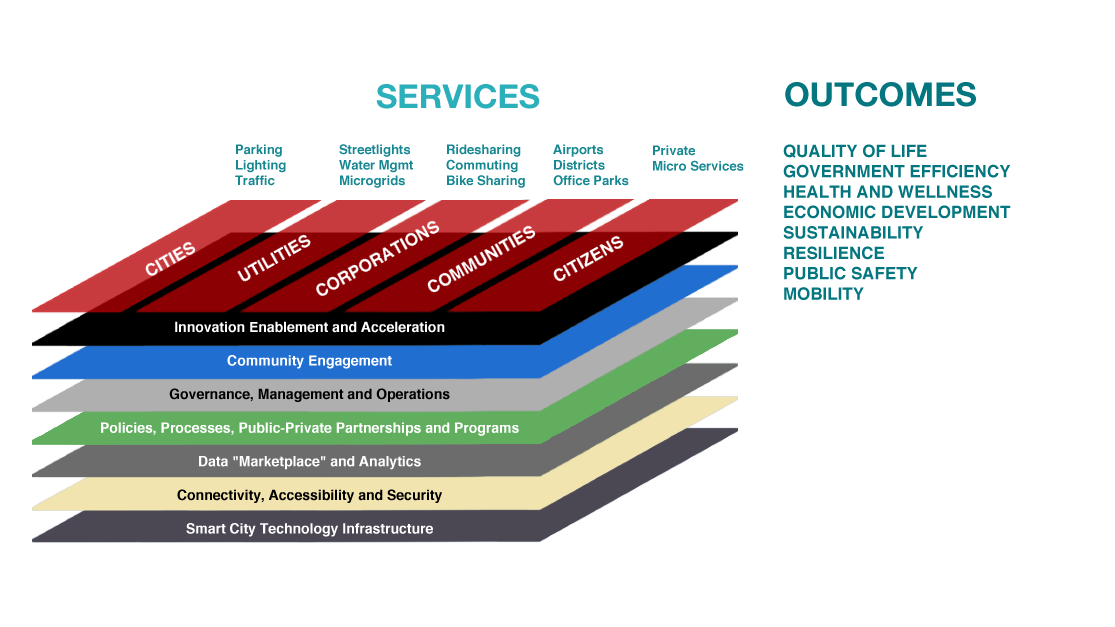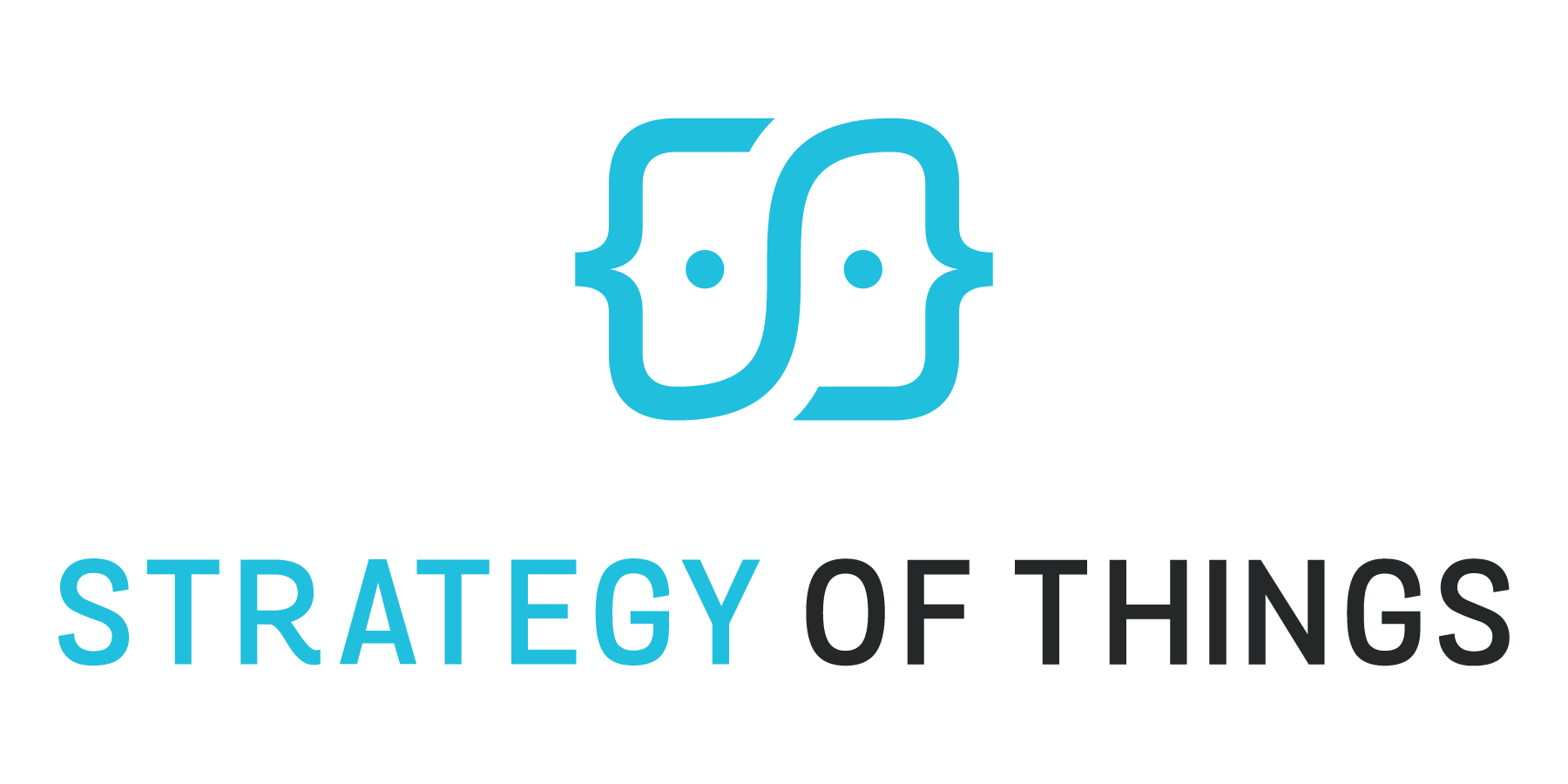Smart city initiatives are top of mind among city leaders, urban planners and technology vendors today. However, most of their mindshare and resources is directed towards technology, and not on building smart city trust.
While a smart city is powered by technology and data, it is enabled and sustained by the trust its stakeholders have with the city, its services and service providers, and with each other. When there is no trust or that trust is lost, people will not use its services, nor will they participate and contribute input and data. The value of smart city services declines as expected outcomes do not materialize and people seek better alternatives.
To be relevant and remain so, a well functioning and sustainable smart city must design trust into the ecosystem right from the outset, and continually reaffirm it. This trust must be integrated into all aspects of the smart city – its beneficiaries, creators, processes, management, policies and technology.
Air Transportation: An example of trust in action
The air transportation industry is built upon “trust”. Very few people will willingly fly in a plane if it wasn’t safe, nor will they use it to ship packages if it won’t “absolutely positively” get there safely and on time.
Fortunately, air transport is safe and reliable. According to the June 2018 International Air Transport Association (IATA) industry statistics, air carriers reported 4.1 billion passenger miles flown and 61.5 million freight tonnes shipped globally. The United States Federal Aviation Administration (FAA) manages an average of 42,000 flights carrying 2.6 millions passengers in its airspace alone in 2016. Despite this volume, air transport is relatively safe. The IATA reported 45 accidents in 2017, down from 67 in 2016 and a high of 86 in 2013. Accident rates, per million miles, was 1.08 in 2017, down by half over the previous 4 year average of 2.01.
An air transportation “trust ecosystem” ensures that flying is safe and reliable. A combination of rigorous engineering, regulations, policy, operational processes, stringent oversight and maintenance have made air transport remarkably safe. An ecosystem of partners, from government agencies, aircraft and component manufacturers, airlines, engineers, and others worked together to ensure these outcomes.
Smart city trust: More than cybersecurity and privacy
In order for smart cities to succeed, a smart city trust ecosystem must be established. Many smart city builders and solution providers equate smart city trust with privacy and cybersecurity. While important and relevant, these are only two elements of many that create trust in a smart city. Distilling trust into these two elements oversimplifies the challenges involved and leads to inadequate solution approaches.
For city residents and businesses, trust is closely aligned with outcomes. When a city creates services that consistently provide the outcomes residents and others expect and rely on, at a fair cost, then trust is earned and reinforced. Residents expect that the bus service gets them to work and back home safely and on time everyday. They expect police and emergency services will arrive quickly regardless of whether they live in a rich or poor neighborhood. When that occurs consistently, they will trust and rely on these city services.
Let’s define smart city trust in a more holistic way. Trust is the firm belief in the outcomes and value of the services provided, regardless of whether they are provided by the city or others in the smart city ecosystem (Figure One). These trusted outcomes are relevant, rendered safely, reliably, fairly and consistently, for its intended purpose, by service providers who are credible, transparent and have the capacity to execute.

Trust is lost when:
- Services are consistently irrelevant and benefit only a few stakeholders. These services are often labeled as a misuse of taxpayer money and resources.
- Services are not rendered reliably, accurately and consistently to deliver the outcomes they were designed for.
- Services are not in compliance with regulations or policies, and/or misused beyond its intended purpose.
- Service providers are not knowledgeable and capable, transparent, and fair in delivering the desired outcomes.
Ten Levers of Trust Enablement
In order to create trusted outcomes, planners and services providers have several “levers” that they can use. The careful selection, coordination and application of these levers will help build trust in new services, or to increase trust in existing deployed services. The levers include:
- People and Organization – skills, expertise and certifications; jobs, roles and responsibilities; teams and organizational structures for execution
- Change and transformation management – engagement of affected stakeholders before, during and after. Includes communications, training and cultural management.
- Governance – management, policies, legislation, audits, oversight, documentation, traceability, and metrics
- Processes – control and determine how the service is developed and rendered
- Data – information used to build the service, as well as information created as a result of the service. Data must be representative and unbiased. Data must be protected and private.
- Algorithms – machine learning and other algorithms that define the service, as well as how it is delivered to its users
- Technology – tools for developing and operating the service, as well as connectivity, infrastructure and solutions for delivery of the service
- Security – safety, privacy and protection of assets, tools, infrastructure and users
- User Experience – how service providers and users interact with the service and its outcomes
- Strategic – vision, planning, partnerships, funding and resources
The ability of the city and its service providers to strategically develop and deploy these levers is a core competency and a critical success factor in building a smarter and more responsive city. Over time, as the service matures, and as users expectations and needs change, these levers must be continuously examined and adjusted to maintain or exceed current levels of trust.
The Smart City Trust Framework
With the importance and relevance of trust established, we now introduce a framework for building trust into the smart city ecosystem (Figure Two).

Trust doesn’t magically happen by itself in a smart city. It must be carefully embedded and orchestrated across the entire smart city ecosystem (Figure One). It must be incorporated into the processes and programs that create smart city services throughout its lifecycle, from design, to development, launch, operation, delivery and use to ensure “trusted outcomes” (Figure Two). Equally important, building trust is not the sole responsibility of the city itself, but everyone who “touches” the smart city – from beneficiaries, service providers to planners and policymakers.
Build smart city trust by examining the end-to-end process that is used to create and operate smart city services. Then review the ten strategic and operational levers that act on the process to create trusted outcomes. At each stage of the process, apply a different combination of trust building tactics from each lever. There is no “one size fits all” set of tactics. They vary from service to service, provider to provider and city to city.
The city and its service providers’ ability to deploy these levers is critical in building a smarter and more responsive city. As users’ expectations and needs evolve over time, these levers must be continuously adjusted to maintain or exceed current levels of trust.
Building trust in a city’s smart streetlights
A city wishes to deploy smart technologies to connect and remotely monitor and manage its streetlights. The city will know immediately when lights are out or “dayburning” and schedule repairs. Machine learning algorithms, using sensors from streetlights, predict impending failures and proactively notify maintenance crews.
Once smart streetlights are deployed, “business as usual” is not good enough. Trust diminishes when the lights are not repaired quickly because an outage is reported immediately. Conversely, trust is also diminished if the maintenance crews discover that the lights are functional when it is not, or if the light needs servicing when it does not.
Resident and other stakeholders must be engaged to understand their concerns, needs and expectations. Current processes, performance metrics, policies and systems must be redesigned to allow the city to respond to outages in days, not weeks. In addition, changes to the organization, including jobs, roles and responsibilities, team structure, culture and accountability will be necessary. To minimize the disruption caused by these changes and facilitate adoption by city employees and residents, change management activities, including communications and training, must be conducted prior to the actual service transition.
The new service is only as effective as the technology, algorithms and data enabling it. Machine learning algorithms must interpret the sensor data from the remote streetlight controller units and distinguish between a true anomaly and a false positive. In addition, these algorithms must predict with high accuracy when the lights may need servicing by examining the sensor data. To maintain this accuracy, these algorithms must be continuously trained by certified experts using representative and unbiased data sets. Finally, the connected streetlight system must be secure. It cannot allow unauthorized access to the lights, nor disrupt the metering and billing systems.
Next steps in building smart city trust
Regardless of where cities are in their journey, smart city and service planners must build the smart city trust foundation now. Key next steps are:
- Understand the smart city trust ecosystem framework. Adapt it to fit the vision, strategy and realities of your specific city.
- Perform a SWOT (strengths, weaknesses, opportunities and threats) analysis using the framework to assess your smart city trust capabilities and ecosystem.
- Use this framework to identify and address “trust gaps” in ongoing and planned smart city projects.
- Build your smart city trust capabilities by identifying and focusing on high priority areas. This can be done through a combination of internal development, outsourcing, augmentation and strategic partnerships.
The topic of trust in the smart city is a foundational one and deserves more attention that is currently given by smart city planners. If you have any questions on this framework, or wish to discuss it further, please feel free to reach out.
Thanks for reading this post. If you found this post useful, please share it with your network. Please subscribe to our newsletter and be notified of new blog articles we will be posting. You can also follow us on Twitter (@strategythings), LinkedIn or Facebook.
Related posts:
Building smart cities – eight things that matter
Planning sustainable smart cities with the smart city ecosystem framework
Smart parking is innovative, but what it enables is even more innovative


